 When a white pine has been infected with white pine blister rust (a fungus), cankers appear on the branches and sometimes the trunk of the tree. A large amount of sap-like ooze flows from the cankered areas, sometime drying and resembling a sugary-looking crust or film. These areas are, in fact, high in sugar content, and rodents frequently chew them. It’s likely that a red squirrel visited and sampled the infected white pine in the photograph, leaving a freshly-gnawed patch in the bark.
When a white pine has been infected with white pine blister rust (a fungus), cankers appear on the branches and sometimes the trunk of the tree. A large amount of sap-like ooze flows from the cankered areas, sometime drying and resembling a sugary-looking crust or film. These areas are, in fact, high in sugar content, and rodents frequently chew them. It’s likely that a red squirrel visited and sampled the infected white pine in the photograph, leaving a freshly-gnawed patch in the bark.
February 22, 2012 | Categories: Animal Signs, Bark, Conifers, February, Fungus, Mammals, Rodents, Trees, Trees and Shrubs | Tags: Animal Signs, Bark, Conifers, Fungus, mammals, Pinus strobus, Red Squirrel, Rodents, Trees, White Pine Blister Rust | 2 Comments
 Congratulations, Pat and Cindy!
Congratulations, Pat and Cindy!
January 30, 2012 | Categories: Conifers, January, Tracks, Trees | Tags: Cones, Conifers, Tracks & Traces | 8 Comments
 Balsam fir’s (Abies balsamea) cylindrical cones are very distinctive, in that they stand erect on year-old branches at the top of the tree, and are not pendant, like the cones of many conifers. They differ in another way as well, for after the seeds mature and the cone opens to release them in the wind, the cone disintegrates, with the scales falling to the ground, leaving candle-like spikes on the tree. Some historians think that these spikes, when snow-covered, inspired the Germanic people to decorate trees with candles or lights.
Balsam fir’s (Abies balsamea) cylindrical cones are very distinctive, in that they stand erect on year-old branches at the top of the tree, and are not pendant, like the cones of many conifers. They differ in another way as well, for after the seeds mature and the cone opens to release them in the wind, the cone disintegrates, with the scales falling to the ground, leaving candle-like spikes on the tree. Some historians think that these spikes, when snow-covered, inspired the Germanic people to decorate trees with candles or lights.
October 23, 2011 | Categories: Conifers, October, Plants | Tags: Abies balsamea, Balsam Fir, Cones, Conifers | Leave a comment
 Balsam fir’s (Abies balsamea) cylindrical cones are very distinctive, in that they stand erect on year-old branches at the top of the tree, and are not pendant, like the cones of many conifers. They differ in another way as well, for after the seeds mature and the cone opens to release them in the wind, the cone disintegrates, with the scales falling to the ground, leaving candle-like spikes on the tree. Some historians think that these spikes, when snow-covered, inspired the Germanic people to decorate trees with candles or lights.
Balsam fir’s (Abies balsamea) cylindrical cones are very distinctive, in that they stand erect on year-old branches at the top of the tree, and are not pendant, like the cones of many conifers. They differ in another way as well, for after the seeds mature and the cone opens to release them in the wind, the cone disintegrates, with the scales falling to the ground, leaving candle-like spikes on the tree. Some historians think that these spikes, when snow-covered, inspired the Germanic people to decorate trees with candles or lights.


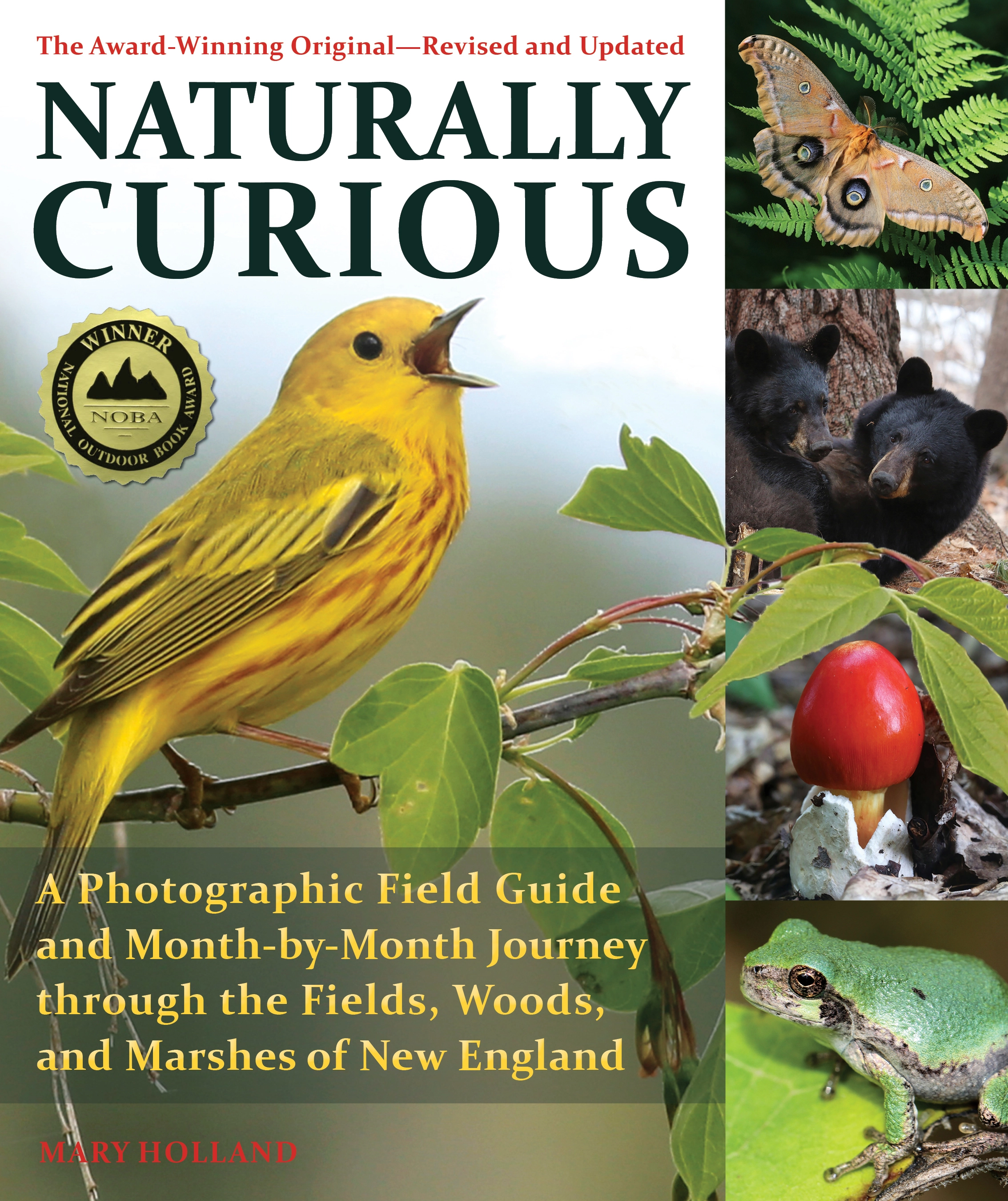

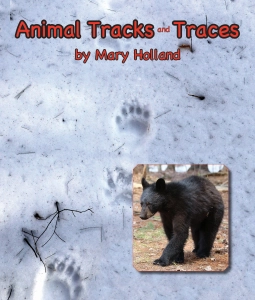

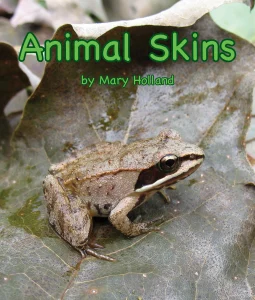


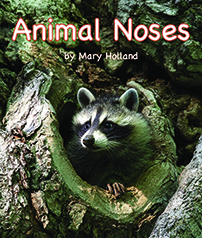





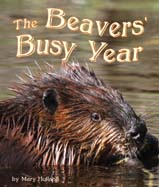
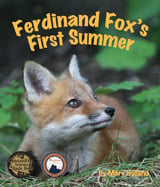


What Other Naturally Curious People Are Saying